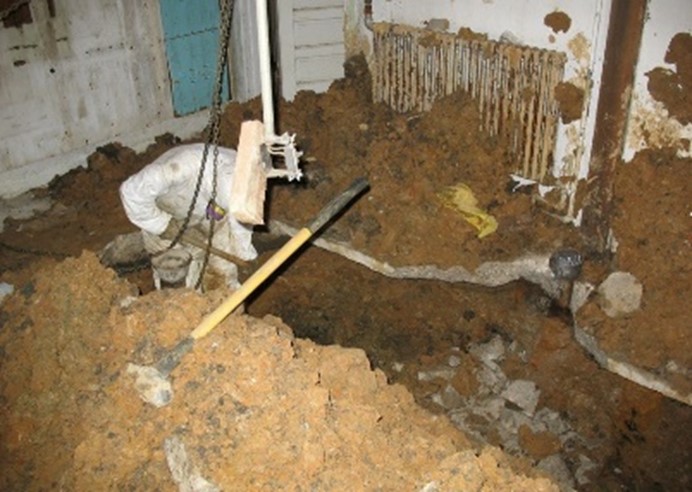 The NIH is committed to providing its scientists, doctors, nurses and support staff the best facilities to continue to probe contemporary challenges in health and medicine. A significant portion of this commitment involves ensuring that laboratories and clinical facilities on our campus are state-of-the-art, providing a workplace that fosters an environment conducive for scientific breakthroughs. A major objective of this modernization is to ensure that renovated spaces are free of contaminants in the form of unhealthy building materials (hazardous chemicals, radioisotopes, and pathogens), regardless of the activity that introduced the hazardous building materials.
The NIH is committed to providing its scientists, doctors, nurses and support staff the best facilities to continue to probe contemporary challenges in health and medicine. A significant portion of this commitment involves ensuring that laboratories and clinical facilities on our campus are state-of-the-art, providing a workplace that fosters an environment conducive for scientific breakthroughs. A major objective of this modernization is to ensure that renovated spaces are free of contaminants in the form of unhealthy building materials (hazardous chemicals, radioisotopes, and pathogens), regardless of the activity that introduced the hazardous building materials.
The process by which targeted facilities are properly vacated, surveyed, and decontaminated is known as decommissioning (environmental or laboratory). It is an evolving process that begins with the user(s) and relies on a basic understanding of all hazardous materials used in the facility (lab, mechanical room, office) as well as preexisting building components that could become hazardous should they be disturbed during the decommissioning process.